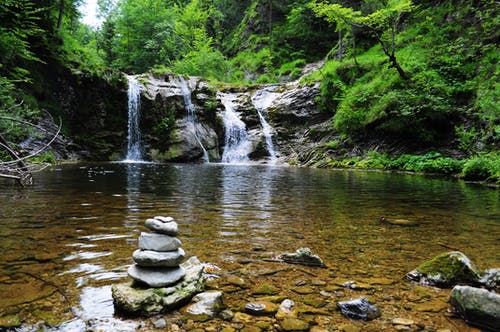Environment
 Environmental issues apply to everyone. Whether referring to water and air quality or soil and water conservation, the concern is not only ours, but also future generations. K-State Research and Extension is committed to doing its part to protect the Kansas environment.
Environmental issues apply to everyone. Whether referring to water and air quality or soil and water conservation, the concern is not only ours, but also future generations. K-State Research and Extension is committed to doing its part to protect the Kansas environment.
Here you will find many resources available to you in the area of Environment. If you cannot find what you are looking for, give us a call either at the Cottonwood Falls Office or the Council Grove Office. We will do our best to help you find the information you need.
Resources
Kansas Department of Wildlife, Parks & Tourism
Kansas Center for Agriculture Resources & the Environment (KCARE)
Kansas Wildflowers and Grasses
Natural Resources and Environment
Most annual crops such as wheat, rye, oats, and barley tolerate only brief flooding i.e. 3-6 days. Cool-season perennial grasses such as smooth brome (24-28 days) and tall fescue (24-35 days) tolerate longer periods. Bermudagrass is tolerant of very long periods of flooding (45-90 days). Legumes that might be mixed with cool-season grasses including annual lespedeza (5-8 days), red clover (7-15 days), alfalfa (9-12 days), and white clover (10-20 days) are less tolerant to flooding.
Considerable variation exists among native grasses in their tolerance to inundation. Little bluestem tolerates only brief periods of flooding (3-6 days). Big bluestem and Indiangrass will tolerate only 7-14 days of flooding, whereas switchgrass tolerates 15-30 days. Eastern gamagrass will tolerate 10-22 days. Although buffalograsss is shorter than most species it will tolerate 45-90 days of inundation. A lowland species that is known to tolerate greater than 49 days of flooding is reed canarygrass.
Some invasive species such as yellow bluestem (3-6 days) and sericea lespedeza (10 days) have limited flood tolerance.
Flooding may indeed kill or damage many species, but certain species may survive. Sand deposition and lack of vegetative cover may require reseeding of flood-damaged areas. Consider planting species that are more tolerant of flooding, especially frequently flooded sites.
Courtesy of Walt Fick, Extension Rangeland Management Specialist

